In the diversified world of advertising, TV remains a potent tool for small businesses aiming to reach a wide audience. However, gauging the return on investment (ROI) from TV advertising can be challenging. This blog will guide you through the process of effectively measuring TV advertising ROI.
Define Your Objectives
Before launching any TV advertising campaign, it’s essential to define your objectives. Are you aiming to increase sales, enhance brand recognition, or drive more traffic to your website? Your goals will dictate how you measure success.
- Sales Increase: If your goal is to boost sales, focus on tracking revenue changes during and after your ad campaign. Use historical sales data as a baseline for comparison.
- Brand Recognition: For brand awareness, consider metrics like customer surveys or changes in website traffic. These indicators can help you assess how well your TV ads resonate with your audience.
Gather Baseline Data
Collecting baseline data is crucial for accurately measuring the impact of your TV advertising:
- Sales Figures: Analyze sales data from months leading up to your campaign or from the same period in previous years to account for seasonal trends.
- Website Traffic: Monitor website visits to establish a pre-campaign baseline for comparison.
Calculate Gross Sales Margin
To calculate ROI, first determine your gross sales margin:
- Sales Increase: Identify the sales increase during the campaign compared to your baseline.
- Campaign Cost: Add up all costs associated with your TV campaign, including production and airtime expenses.
For example, if your sales increased by $10,000 and your campaign cost $4,000, your gross sales margin would be $6,000.
Calculate ROI
Use the following formula to calculate ROI:
[ \text{ROI} = \left( \frac{\text{Gross Sales Margin}}{\text{Campaign Cost}} \right) \times 100 ]
In our example, you would calculate:
[ \text{ROI} = \left( \frac{6000}{4000} \right) \times 100 = 150% ]
This means you earned $1.50 for every dollar spent on advertising.
Consider Additional Metrics
While sales are a primary indicator of ROI, other metrics can provide valuable insights:
- Brand Recognition: Survey your customers to assess any shifts in brand perception.
- Customer Engagement: Track changes in website traffic or in-store visits to gauge interest generated by your ads.
Conclusion
Measuring the ROI of TV advertising for small businesses involves setting clear objectives, gathering baseline data, and calculating both your gross sales margin and overall ROI. By considering additional metrics like brand recognition and engagement, you can gain a comprehensive understanding of your campaign’s impact.
Implement these strategies to ensure your TV advertising efforts are not only effective but also yield a positive return on investment. If you need more detailed guidance on creating an ROI calculator or analyzing specific metrics, don’t hesitate to reach out for support.
At Dorrington Media, we offer expert advice and tailored solutions to help small businesses maximize their advertising ROI. Contact us today to learn more about how we can assist you in navigating the complexities of TV advertising.



Leave a Reply